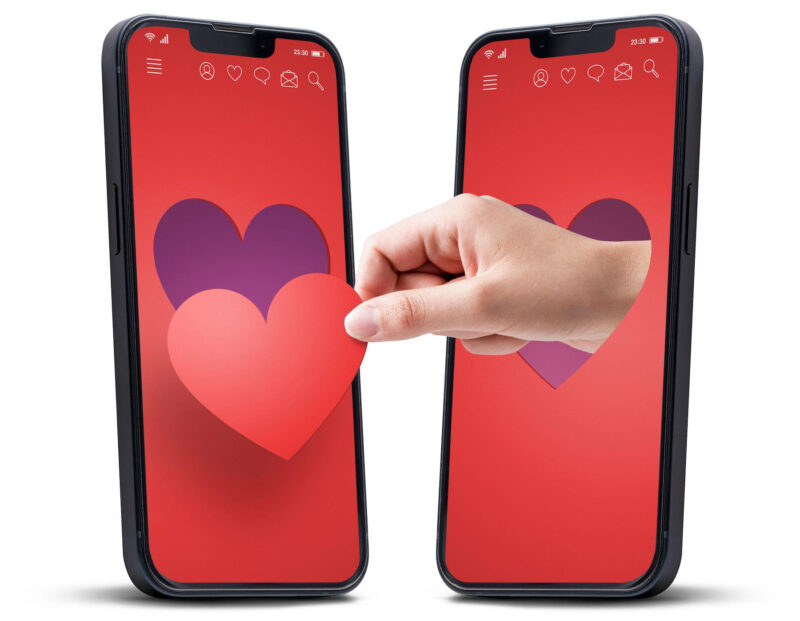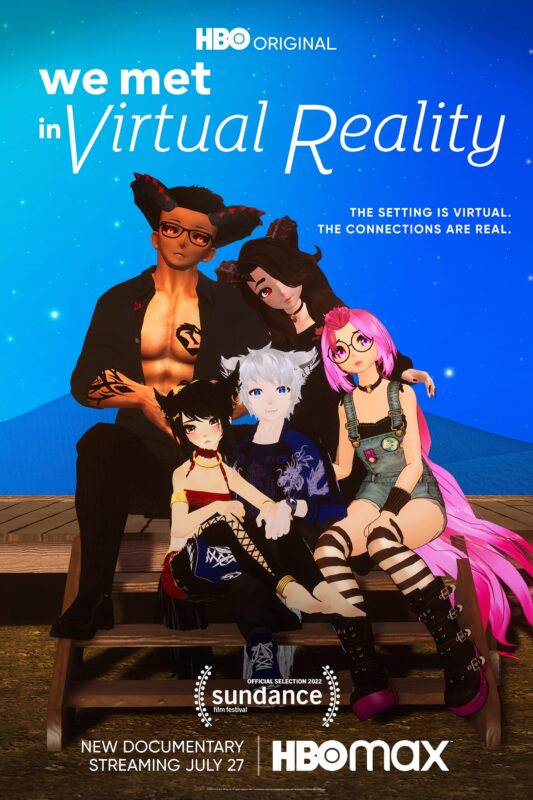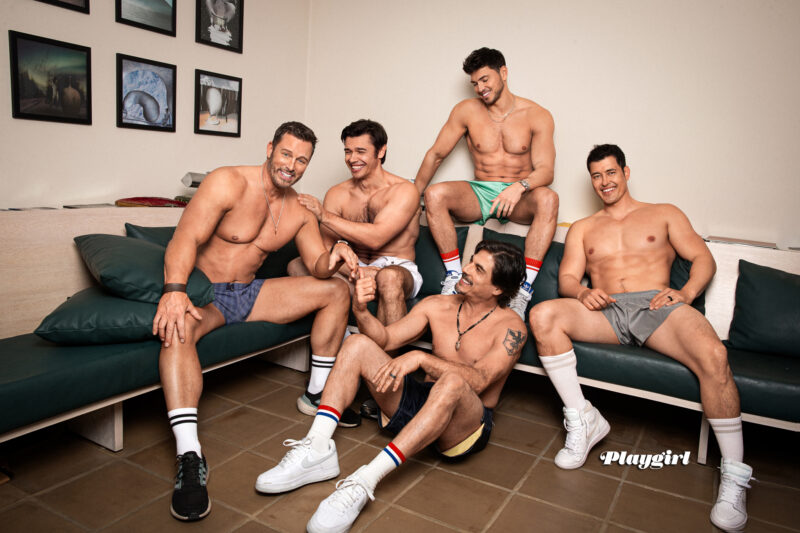Welcome to the Meet Market, our digitized dating world, where pic for pic, profile for profile, singles review each other to judge who is to date or dash aside. Today, this modern way of finding love feels as old as time, but it is relatively new. Just a century ago, family introductions and arranged marriages were the prime and preferred method for hooking up. But starting in the 1920’s, the traumas of World War I and the Great Depression ironically sparked the elation of the Roaring Twenties. Here, fortunes collapsed along with corsets, resulting in shorter hemlines and even shorter courting times.
The war, the loss and the freedom created a brand-new world with bold new rules (or lack thereof) for singles seeking singles. Be it marriage, dating or a casual fling, young people could increasingly choose their mate without the formality of family selection and approval. One hundred years later, apps have digitized what the Roaring Twenties epitomized: getting straight to the point. Today your perfect partner’s gender, age, hobbies, work, salary, and, of course, pics are all at the click of a button. And just as easily dismissed with a flick of the wrist.
Yes, it sounds cold. But somehow, online dating is a hot and heavy billion-dollar industry.
And it almost never happened! The industry launched as an experiment in 1965, when a set of students at Harvard University using an IBM 1401 built a questionnaire and charged $3 for submission. They earned $250,000 –the equivalent of $1.8 million today. By 1994, Kiss.com cashed in on the lucrative market for singles online when it launched a website for dating. While the site didn’t last long, it became the precursor for the online cupids we love today from Match to eharmony, from JDate to Ashley Madison and Cupid.

Photo: Luciano de Polo Stokkete/Alamy.
However, it wasn’t until 2009, with the debut of Grindr, that online dating found its biggest money maker: apps. Designed to be used exclusively on mobile phones, Grindr’s niche app revolutionized mainstream online dating by migrating users to their phones en masse. By 2023, 46% of singles in the United States were using apps, and the online dating industry enjoyed profits so huge that the top three leaders in the category alone, Tinder, Bumble and Hinge, earned a combined revenue of $1.05 billion dollars.
Yet despite all the love, cracks of fatigue are starting to show. And, as is always the case with romance, it all came to a head in one day. On November 16th 2023, Match Group and Bumble (owners of Tinder and Hinge) inexplicably saw their stocks come tumbling down. By the end of the day, the two giants in the industry had sustained a loss of 80% of their stock value. Users of the app spoke even louder on Valentine’s Day 2024 with a class action suit against Match.com, in which the six plaintiffs from New York, California and Florida claimed dating app users are reduced to “gamblers locked in a search for psychological rewards that Match makes elusive on purpose.”
How did love get lost? Multiple changes in leadership and increasing rising subscription prices across all major dating apps surely played a part. But the biggest impact may have been the pandemic. For singles, the global crisis prompted a huge shift and reset on dating habits. Since the wake of the pandemic, in-person matchmaking services like It’s Just Lunch and others are experiencing a wave of popularity that suggests the pendulum is swinging back in a more traditional direction. Despite subscriber complaints about growing fees for dating apps, singles seem willing to shell out $1,000 to $50,000 or more for a genuine chance at an in-person connection.
And for those who can’t make it outside? Technology is there to help once again with a new option: the metaverse. According to Liesel Sharabi Ph.D in her report in Psychology Today, “Web3 and the metaverse could change the way we date online by combining blockchain technology with augmented and virtual reality (AR/VR),” she explains. “In VR, rather than swiping on profiles, you might walk up to someone in an environment resembling a bar and strike up a conversation. Yet unlike a ‘real’ bar, you’d still have access to that person’s profile, so you know something about them as you’re gauging chemistry.”

We Met in Virtual Reality • Courtesy HBO.
Already VR apps like Nevermet and Flirtual are gobbling up a growing market share of singles willing to try this bold new world. These apps are free and only require an account on VRChat (also free) and a VR headset, purchased for as low as $39.99 on Amazon. For insight on how this works, check out HBO’s We Met in Virtual Reality, a 2022 documentary that gives a glimpse into virtual dating. Filmed entirely in VRChat, it follows the relationships of couples who connected on the platform during the pandemic. The network describes the doc as “the stories of people experiencing love, loss and unexpected connection, expressing vulnerability around mental health struggles and questions about identity.”
Ironically, the future of online dating is inspired by the physical traditions of the past.
Which begs the question: like vegan meat, will apps ever replace the real thing? That’s something ultimately the future will tell. But if the shift to in-person and virtual dating continues, then apps may just be getting dumped for good.






